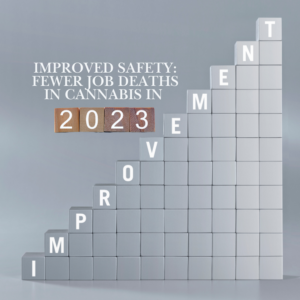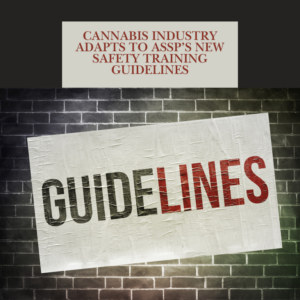From Challenge to Opportunity: Adapting to Regulatory Shifts in Workers’ Comp for Long-term Success

Unraveling Regulatory Uncertainties: The NLRB Rule Delay and Its Implications
In the ever-evolving landscape of workers’ compensation, regulatory changes can significantly impact profitability and risk management strategies. The recent postponement of the National Labor Relations Board (NLRB) rule regarding union elections has brought regulatory uncertainties to the forefront, prompting industry stakeholders to reassess their approaches.
Evaluating the Landscape: Understanding the Ripple Effects
The delay in the implementation of the NLRB rule has sent ripples across the workers’ comp ecosystem, prompting insurers, businesses, and regulatory bodies to evaluate its potential implications. From operational adjustments to financial forecasting, the delay necessitates a thorough understanding of its multifaceted impacts.
Proactive Risk Management: Strategies for Mitigation and Adaptation
In the face of regulatory uncertainties, proactive risk management becomes paramount for ensuring sustainable profitability. Industry players must adopt adaptive strategies, including:
- Scenario Planning: Conducting scenario analysis to anticipate potential outcomes of regulatory changes and develop contingency plans accordingly.
- Dynamic Resource Allocation: Flexibly allocating resources to areas that are most affected by regulatory uncertainties, such as compliance measures and legal counsel.
- Continuous Monitoring: Implementing robust monitoring mechanisms to stay abreast of regulatory developments and adjust strategies in real-time.
Collaboration and Engagement: Building Resilience Through Unity
Navigating regulatory uncertainties requires collaboration and engagement among all stakeholders within the workers’ comp ecosystem. By fostering transparent communication and knowledge sharing, industry players can collectively mitigate risks and seize opportunities for innovation and growth.
Charting the Path Forward: Strategic Insights for Long-term Success
As the regulatory landscape continues to evolve, industry players must remain agile and forward-thinking in their approach to workers’ comp profitability. Key strategies for charting the path forward include:
- Investing in Technology: Leveraging advanced data analytics and predictive modeling to enhance risk assessment and decision-making processes.
- Enhancing Employee Well-being: Prioritizing employee health and safety initiatives to minimize workplace injuries and mitigate associated workers’ comp costs.
- Embracing Regulatory Compliance: Proactively adhering to regulatory requirements and standards to avoid penalties and maintain business integrity.
In conclusion, while the NLRB rule delay introduces complexities and challenges, it also presents an opportunity for industry players to demonstrate resilience, innovation, and collaborative spirit in navigating towards sustainable profitability in the workers’ comp landscape.











